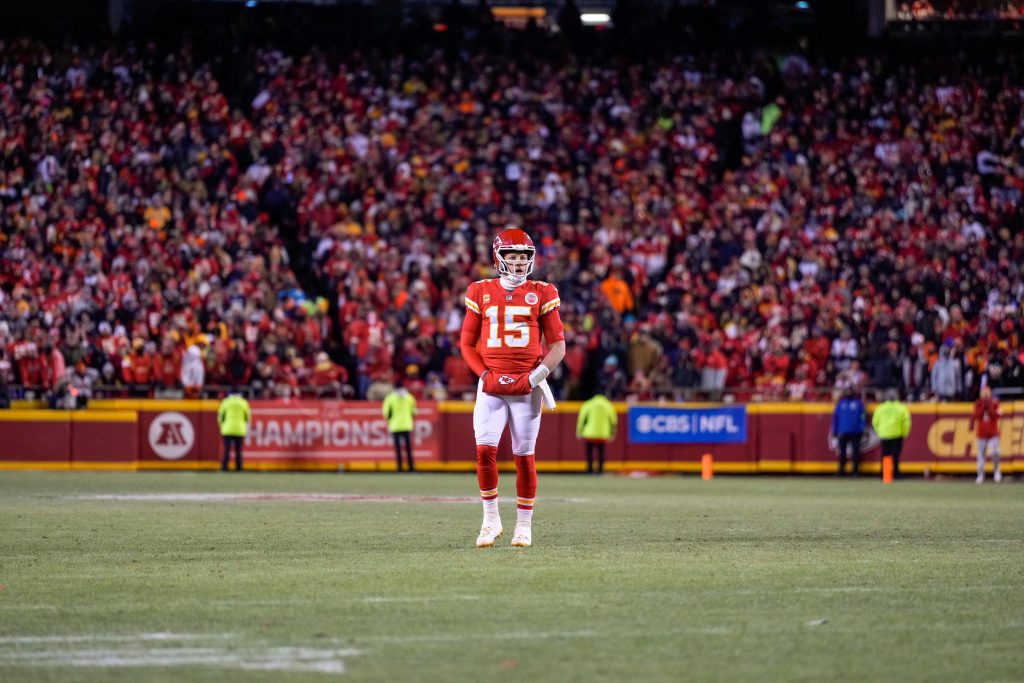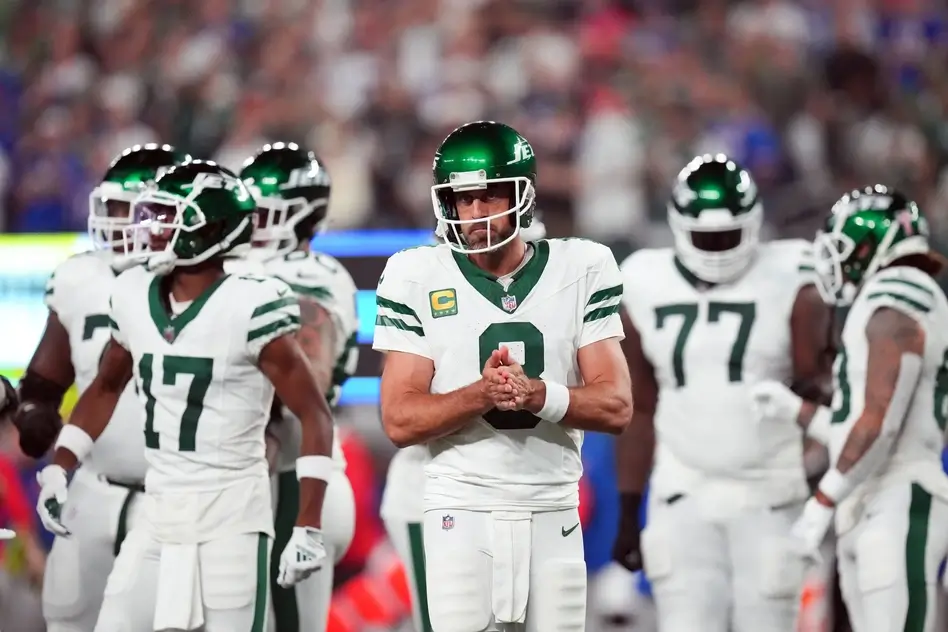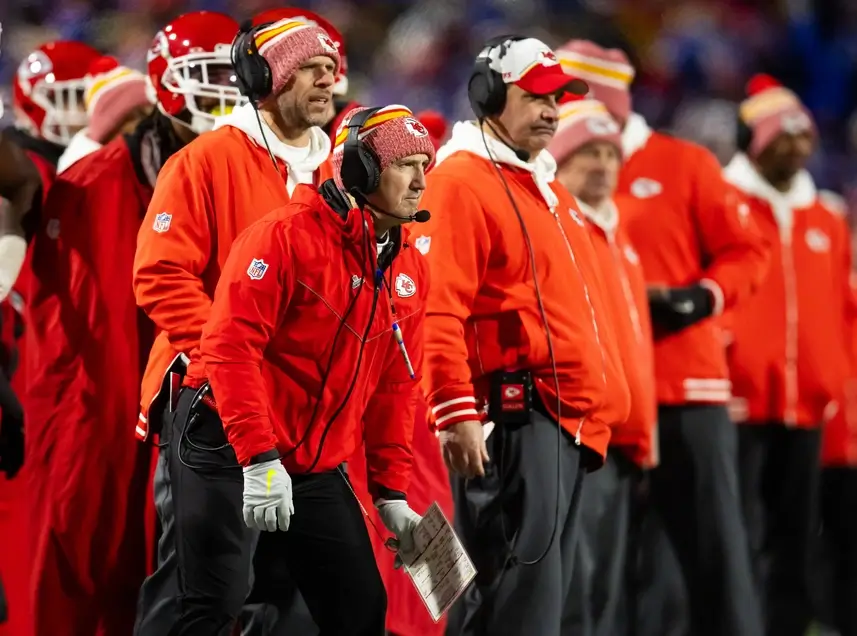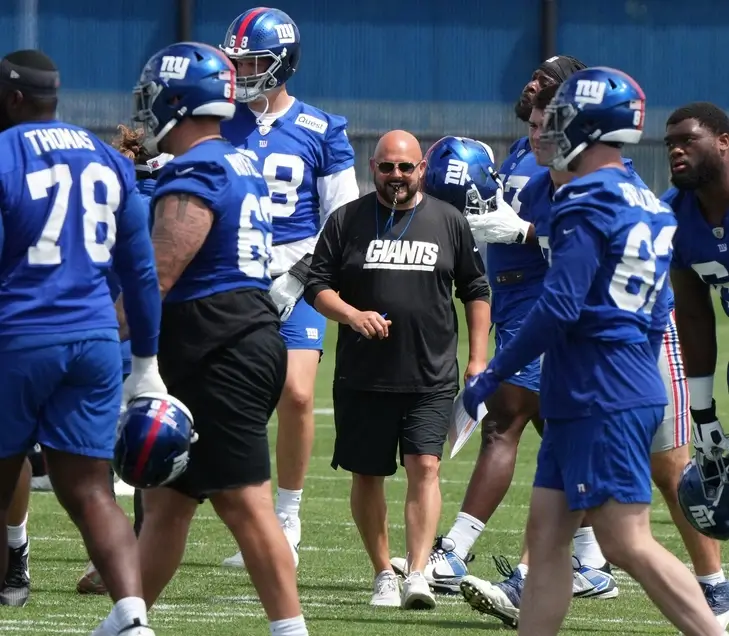As much as NFL fans love the craziness that is free agency, many of them still need the NFL salary cap explained to them. The NFL is one of the leagues that puts a limit on how much teams can spend when filling out their roster. This leads to a lot of NFL salary cap rules and talk of dead money and other factors when discussing free agency in the NFL.
NFL salary cap explained
Even fans who have been watching the NFL for years have questions when it comes to things like the franchise tag and other NFL salary cap rules. For the fans who need the NFL salary cap explained, we wanted to answer some of the key questions that can help fans gain a better understanding of how the NFL salary cap works.
How does the NFL salary cap work?
The NFL salary cap is based on an agreement between the league and the NFL Players Association regarding how much money each team can spend on player salaries and bonuses.
The NFL has a hard cap that’s determined before the start of every new season, although the “new year” for the NFL begins in the middle of March.
By the start of the new season in March, every team must be under the salary cap for the upcoming season and remain under it for the entire season.
In addition to not going over the salary cap, teams must also spend at least 89% of the salary cap over a four-year period.
If not, they have to pay out the remaining balance to all of the players on the team during that four-year period. Likewise, the league as a whole must spend at least 95% over a four-year period. This means the average percentage of the salary cap paid by the NFL’s 32 teams must be at least 95% over four years.
What happens if a team goes over the salary cap?
Every NFL team must stay under the salary cap for the duration of the season. If at any point, a team goes above the salary cap, they could be issued a fine of up to $5 million every time that happens.
In some cases, teams that continue to violate the salary cap could have draft picks taken away. During the season, the NFL tends to give teams a little leeway if they happen to go over the salary cap.
After all, trades and other player acquisitions can sometimes cause a team to go a little over the salary cap. Typically, if it happens in the middle of the season, the NFL will give a team seven after going over the salary cap to rectify the situation by either cutting a player or restructuring the contract of a player to get themselves under the salary cap.
Do bonuses count against the salary cap?
Yes, all bonuses that players receive still count against the salary cap. This includes signing bonuses, workout bonuses, roster bonuses, and similar bonuses that players might earn. However, large bonuses like a signing bonus don’t necessarily count toward a team’s salary cap for one year.
Instead, these bonuses can be spread out across a player’s contract. For example, if a player signing a three-year contract is given a $12 million signing bonus, that signing bonus will count as $4 million against the salary each year for three years, even if the team pays the player that $12 million signing bonus upfront.
How is the salary cap calculated?
The salary cap in the NFL changes every year based on the league’s revenue from the previous season. According to the collective bargaining agreement, all of the NFL’s media revenue, local revenue, and postseason revenue is calculated altogether, and 48% of that number is used to determine the salary cap.
This is because the CBA gives players 48% of the NFL’s revenue. The 48% of the league’s revenue is then divided by the 32 teams to determine the salary cap for the following year. This means that as the league’s revenue increases, the salary cap increases as well, meaning teams have more money to dedicate to player salaries.
How does a player retiring impact the salary cap?
When a player retires, it has the same impact on the salary cap as if that player were released or traded before their contract was complete. In each instance, the team is obviously no longer responsible for paying that player’s salary because they are no longer playing for that team.
However, their signing bonus for the rest of their contract counts is added up and counts against the salary cap all at once. For example, if a player who received a $12 million signing bonus on a three-year contract retired after one season, there would be $8 million left of that bonus to pay against the salary cap.
Rather than the team being able to continue to have $4 million count against the salary cap for two seasons, the entire $8 million would count against the salary cap the first full year after that player retired or was cut. Obviously, the team isn’t getting anything out of that $8 million, which is why this is often called dead money.
Should the NFL get rid of the salary cap?
After hearing the NFL salary cap explained, every fan can decide for themselves whether it’s a good thing or not and have an opinion on if the NFL should get rid of it or not.
While it does limit how much teams can spend, reducing the salaries of players in some cases, the salary cap does ensure more competitive balance.
It ensures that all of the highest-paid free agents can’t keep signing with the same handful of teams. With the salary cap, teams in the biggest markets with the most money don’t have an edge. Rather, it’s the teams that use their money wisely that have the advantage.








